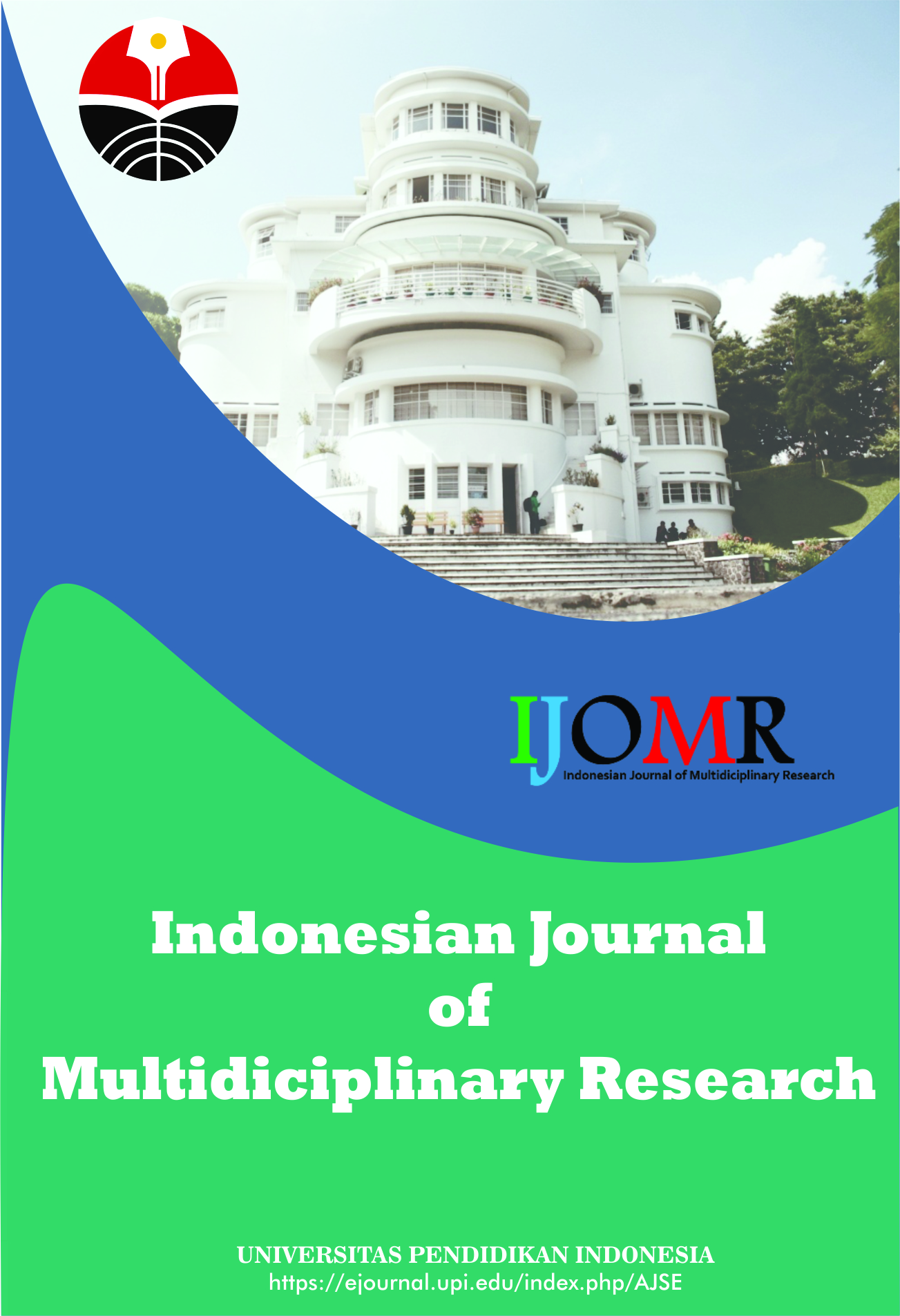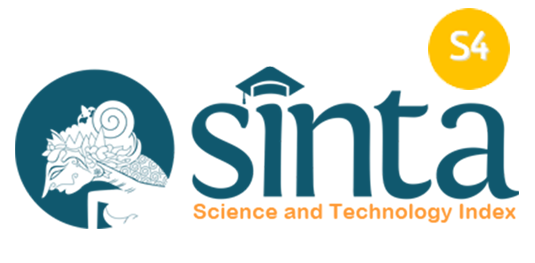Review on Admixture for Civil Engineer
Abstract
Keywords
Full Text:
PDFReferences
Ahmad, O. A. (2017). Production of high-performance silica fume concrete. American Journal of Applied Sciences, 14(11), 1031-1038.
Al‐Kheetan, M. J., Rahman, M. M., and Chamberlain, D. A. (2018). Development of hydrophobic concrete by adding dual‐crystalline admixture at mixing stage. Structural Concrete, 19(5), 1504-1511.
Alsadey, S. (2018). Effects of used engine oil as chemical admixture in concrete. International Journal of Energy and Sustainable Development, 3(2), 38-43.
Gökçe, H. S., Hatungimana, D., and Ramyar, K. (2019). Effect of fly ash and silica fume on hardened properties of foam concrete. Construction and Building Materials, 194(2019), 1-11.
Gupta, S., and Singh, R. C. (2018). Evaluation of concrete properties with impregnated different polymers. Evaluation, 5(12), 1097-1102.
Maiti, S. C., Agarwal, R. K., and Kumar, R. (2006). Concrete mix proportioning. Indian Concrete Journal, 80(12), 23.
Manoharan, R., Jayabalan, P., and Palanisamy, K. (2009). Experimental evaluation of corrosion rate of rebars in M25 concrete with water proofing admixture. International Journal of Applied Engineering Research, 4(6), 1045-1062.
Najjar, M. F., Nehdi, M. L., Soliman, A. M., and Azabi, T. M. (2017). Damage mechanisms of two-stage concrete exposed to chemical and physical sulfate attack. Construction and Building Materials, 137(2017), 141-152.
Nedunuri, S. S. S. A., Sertse, S. G., and Muhammad, S. (2020). Microstructural study of Portland cement partially replaced with fly ash, ground granulated blast furnace slag and silica fume as determined by pozzolanic activity. Construction and Building Materials, 238(2020), 117561.
Ondova, M., Stevulova, N., and Estokova, A. (2012). The study of the properties of fly ash based concrete composites with various chemical admixtures. Procedia Engineering, 42(2012), 1863-1872.
Plank, J., Sakai, E., Miao, C. W., Yu, C., and Hong, J. X. (2015). Chemical admixtures—Chemistry, applications and their impact on concrete microstructure and durability. Cement and Concrete Research, 78(2015), 81-99.
Ramanathan, P., Baskar, I., Muthupriya, P., and Venkatasubramani, R. (2013). Performance of self-compacting concrete containing different mineral admixtures. KSCE Journal of Civil Engineering, 17(2), 465-472.
Sogancioglu, M., Yel, E., and Yilmaz-Keskin, U. S. (2013). Utilization of andesite processing wastewater treatment sludge as admixture in concrete mix. Construction and Building Materials, 46(2013), 150-155.
Teklay, A., Yin, C., Rosendahl, L., and Bøjer, M. (2014). Calcination of kaolinite clay particles for cement production: A modeling study. Cement and Concrete Research, 61(2014), 11-19.
DOI: https://doi.org/10.17509/ijomr.v1i2.37983
Refbacks
- There are currently no refbacks.
Copyright (c) 1970 Kantor Jurnal dan Publikasi, Universitas Pendidikan Indonesia (UPI)

This work is licensed under a Creative Commons Attribution-ShareAlike 4.0 International License.
Indonesian Journal of Multidiciplinary Research (IJOMR) is published by Universitas Pendidikan Indonesia (UPI)















